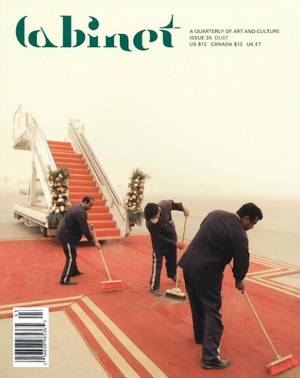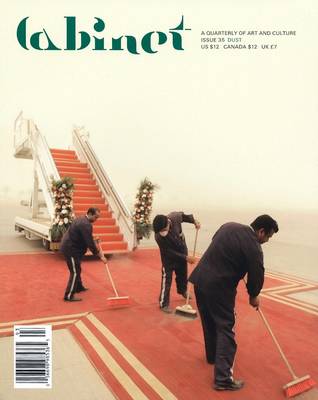
- Afhalen na 1 uur in een winkel met voorraad
- Gratis thuislevering in België vanaf € 30
- Ruim aanbod met 7 miljoen producten
- Afhalen na 1 uur in een winkel met voorraad
- Gratis thuislevering in België vanaf € 30
- Ruim aanbod met 7 miljoen producten
Zoeken
Omschrijving
Dust is everywhere, a perennial presence in the corners of culture. Dust can be deathly (domestic dust is mostly desiccated human skin), deadly (poisonous dust is the product of industry and war) or beautiful (the dusty matte surface of make-up, a light dusting applied by the confectioner, glittering motes caught in a sunbeam). In British English, "dust" is another name for dirt, or matter in the wrong place, implying that it can be moved from one spot to another, but never--as with matter or metaphor--completely eradicated. Cabinet 35 examines dust's ubiquity. Features include Steven Connor on the manifold forms and patterns of magic dust; Brian Dillon on Proust's vacuum cleaner; and Valerie Smith and Matt Mullican on marble dust drawings. Elsewhere in the issue, Steve Reinke catalogues untimely deaths; Helen Polson muses over the fate of lost teeth; Jeff Dolven reviews Conlon Nancarrow's compositions for musical machines; and Margaret Wertheim takes on the mathematical structure known as E8.
Specificaties
Betrokkenen
- Auteur(s):
- Uitgeverij:
Inhoud
- Aantal bladzijden:
- 112
- Taal:
- Engels
- Reeks:
- Reeksnummer:
- nr. 35
Eigenschappen
- Productcode (EAN):
- 9781932698336
- Verschijningsdatum:
- 31/12/2009
- Uitvoering:
- Paperback
- Formaat:
- Trade paperback (VS)
- Afmetingen:
- 198 mm x 246 mm
- Gewicht:
- 430 g

Alleen bij Standaard Boekhandel
+ 31 punten op je klantenkaart van Standaard Boekhandel
Beoordelingen
We publiceren alleen reviews die voldoen aan de voorwaarden voor reviews. Bekijk onze voorwaarden voor reviews.











